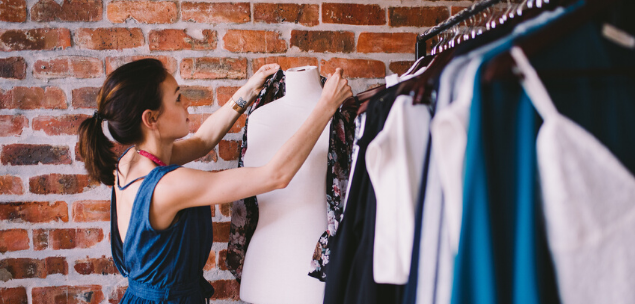Over the last decade Australia’s retail industry has evolved tremendously. Whether it’s the way people shop and the platforms they’re using or the integration of technology into the shopping experience — the industry as a whole is constantly transforming.
With consumers living in a world of COVID-19, shopping behaviours have drastically changed almost overnight and with this comes many more brick-and-mortar stores turning to ecommerce as a means of survival. Not only has the movement to online retailing from traditional retail been a clear trend in recent years, as retailers looked to ecommerce in a bid to boost sales and manage rising consumer expectations, but COVID-19 is greatly impacting the retail industry, both locally and globally, as an increasing number of restrictions are placed on businesses.
So, what can businesses learn from the past decade, and from the current pandemic, to prepare for the future?
CX is king
For many retailers facing the challenge of moving their offline store online, it’s foreign ground to them. However in order to remain competitive and survive during these tumultuous times, retailers need to be proactive in their ecommerce strategies to connect with customers through the touchpoints they have access to — to give them top-notch shopping experiences.
Gone are the days when a retailer was judged solely on the array of products available to consumers. Beyond range, competition – and success – ecommerce is driven by brand experience and the seamless integration of customer touchpoints.
Related:
The saying goes that knowledge is power, and in order to improve their position, brands are increasingly harnessing data and insights to understand consumers and to create hyper-personalised experiences. By using data – from sales, behavioural information and actions – to identify patterns and trends, retailers can adjust their products, pricing and promotional strategies and create a tailored experience that not only delivers on the expectations of consumers but also maximises their return on investment.
In fact, implementing personalised experiences in store or through marketing efforts has been proven to have a strong effect on revenue, in some cases increasing revenue by 25 per cent.
Companies like Amazon highlight a perfect example of hyper-personalised customer experience. The platform seamlessly integrates its products not only in terms of “frequently purchased together” suggestions, but from device-to-device and across platforms.
Mobile shopping on the move
The growing use of mobile devices – Statistica predicts 19.27 million Australians will use smartphones by 2022 – is proof enough that mobile commerce isn’t going anywhere. In fact, a quarter of online sales in Australia were made through mobile devices in 2019, with 48 per cent of customers shopping on mobile at least once a week.
With this move towards mobile, social media has emerged as a key touch point for brands to connect with consumers. However, social shopping is not about simply redirecting consumers to an online store. It’s about converting the sale, without the customer needing to leave the page; thus removing the potential for cart abandonment.
While not all brands need to leverage social selling for the majority of consumer facing brands, there’s a huge opportunity to use social platforms to maximise sales, brand awareness and develop authentic relationships with consumers.
From Australian mattress brand, Koala, to the Australian cosmetics giant Mecca, brands across the country have recognised social selling as a key channel from which to connect with customers.
Koala makes it possible to purchase (or trial) sofa beds and mattresses via Instagram, while Mecca has captured an incredibly large online following through its seamless app integration. Completely different purchase types (bedding or makeup) but both brands have successfully found ways to integrate selling on-the-go and drive revenue from social audiences.
Sustainability will drive conversion
With a global focus on environmental conservation, it’s no secret that sustainability has taken on a renewed importance for modern shoppers. Consumers are going so far as to actively demand more sustainable options. In fact, a recent IBM survey found that 60 percent of consumers are willing to change their shopping habits to reduce environmental impact.
As a result of the consumer-led action, successful brands are holding themselves accountable and are increasingly transparent about finding ways to weave sustainability into their products, their fulfillment strategies, and their marketing. Brands like handmade cosmetics retailer, Lush, are going plastic-free or removing the need for packaging entirely.
From eco-friendly packaging, to offering environmentally-friendly delivery options, along with the opportunity to offset carbon or contribute back to the environment, where possible, sustainable retailers are often the ones most likely to connect with consumers.
2020 is likely to be the most challenging year that retailers – both locally and globally – have ever faced. COVID-19 has forced many retailers to rethink their business strategies and come up with unique and innovative ways of connecting with and selling to customers. Success will require Aussie businesses to proactively innovate, and look for ways to strengthen the relationship between themselves and consumers.
This year, it’s simply not enough to just create an online platform and walk away. In fact it’s essential that Aussie retailers ensure that consumers and the customer journey remain front of mind, to create authentic and long term consumer relationships.
Shannon Ingrey is the Vice President and General Manager, APAC, at BigCommerce.

